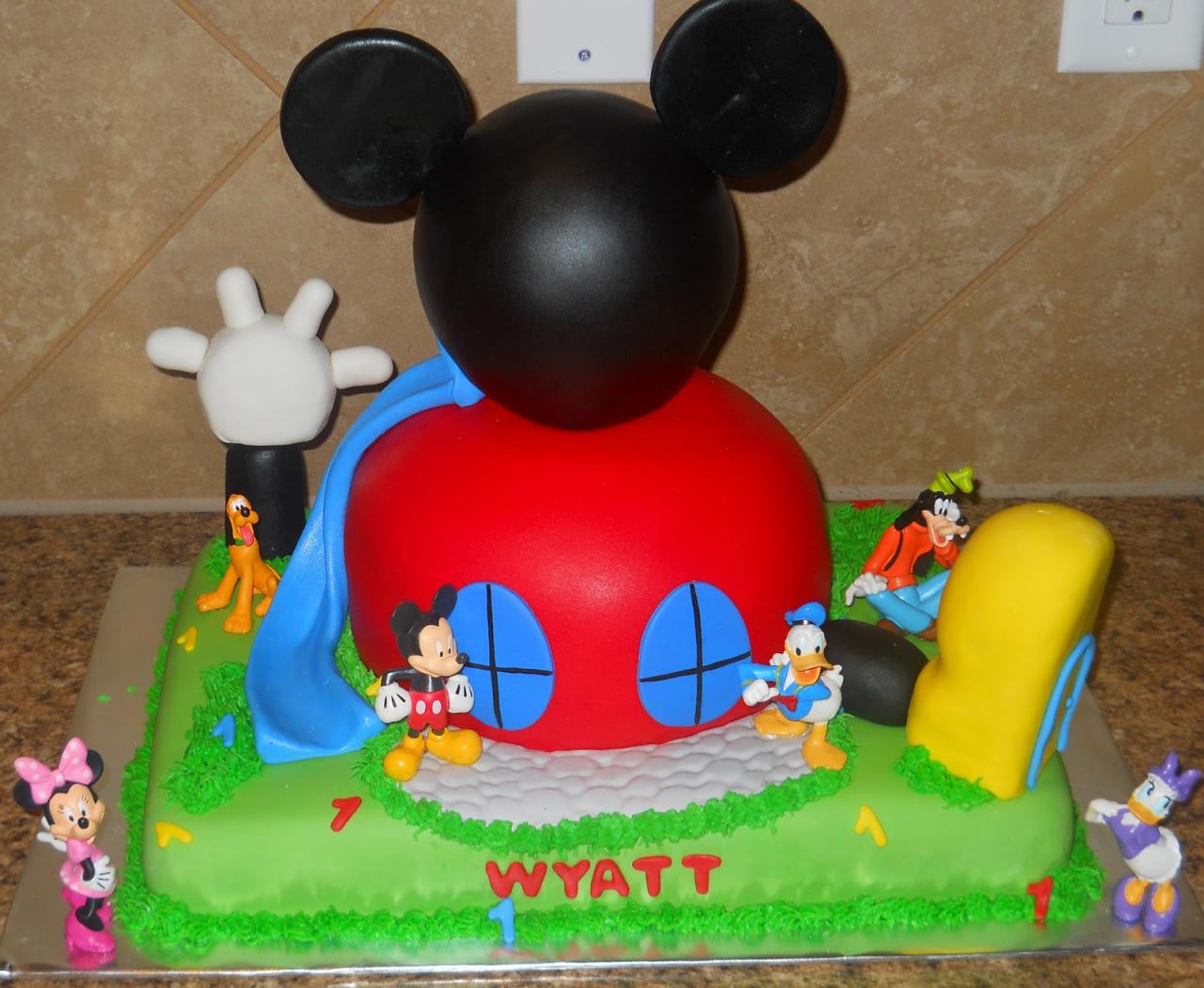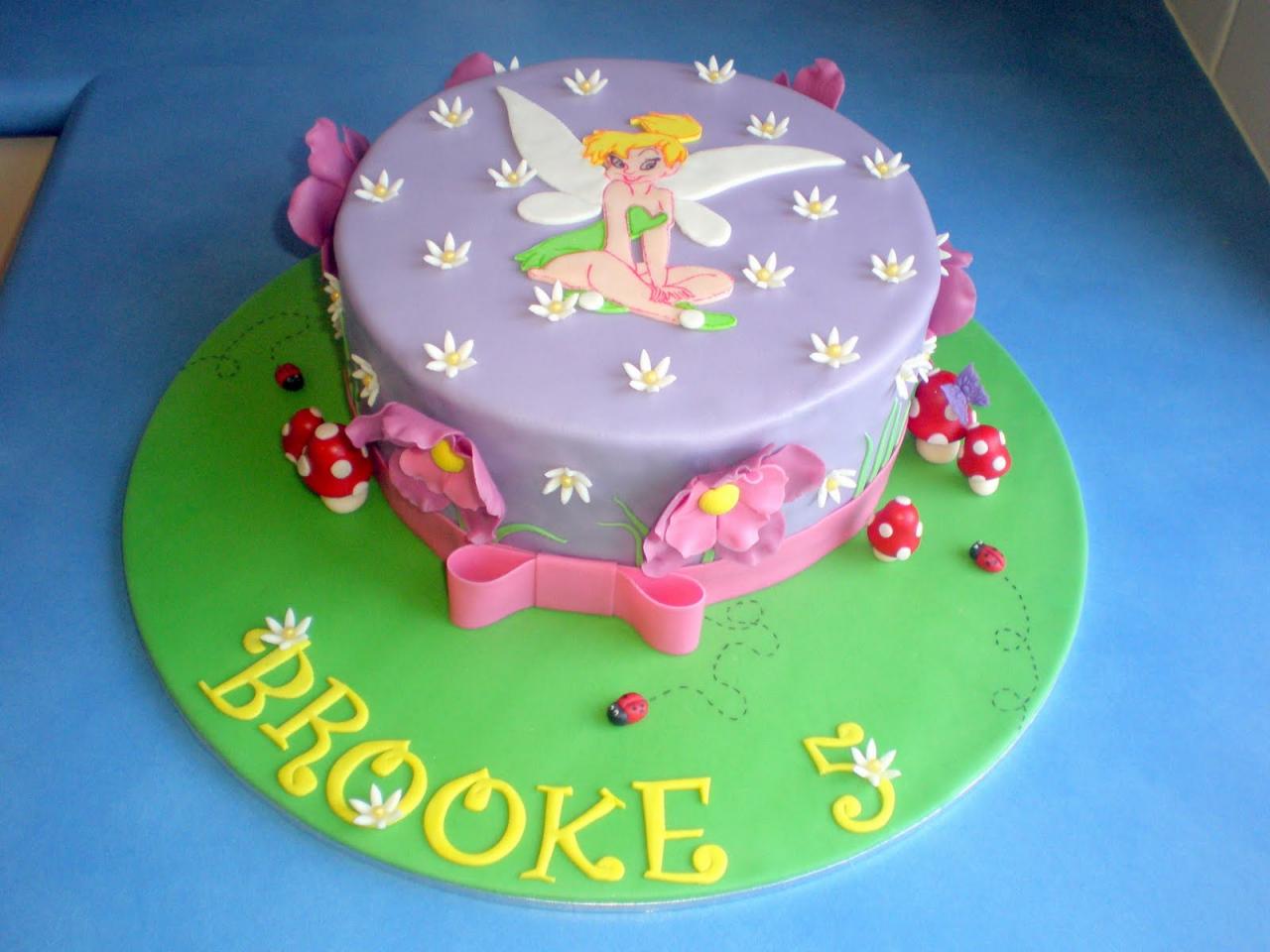Embark on a culinary adventure as we delve into the intricacies of how to make icing for cakes. From classic buttercream to ethereal royal icing, this comprehensive guide will empower you to transform your cakes into delectable masterpieces, leaving a lasting impression on every palate.
Whether you’re a seasoned baker or a novice eager to explore the world of cake artistry, this guide will provide you with the knowledge and techniques to create icings that not only enhance the flavor of your cakes but also elevate their visual appeal.
Types of Icing
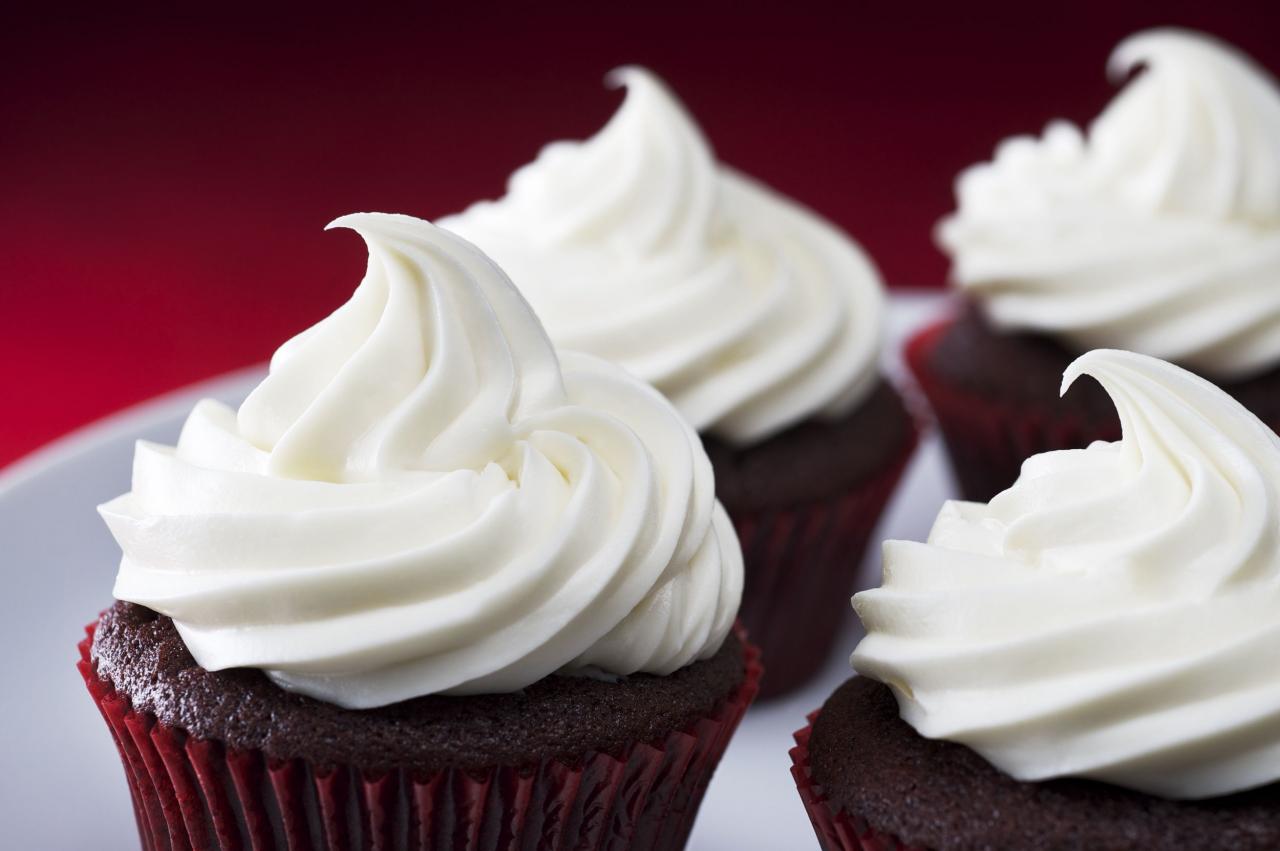
Icing is a sweet, creamy substance that is used to decorate and flavor cakes. There are many different types of icing, each with its own unique flavor and texture. Some of the most popular types of icing include:
Buttercream
Buttercream is a classic icing that is made from butter, sugar, and milk. It is smooth and creamy, with a rich flavor. Buttercream is a versatile icing that can be used to decorate cakes, cupcakes, and other desserts.
Royal Icing
Royal icing is a hard, glossy icing that is made from egg whites, sugar, and water. It is often used to decorate wedding cakes and other special occasion cakes. Royal icing is very hard and can be piped into intricate designs.
Cream Cheese Frosting
Cream cheese frosting is a tangy, creamy icing that is made from cream cheese, butter, and sugar. It is a popular choice for carrot cake and other spice cakes. Cream cheese frosting is also delicious on cupcakes and other desserts.
Ingredients and Equipment
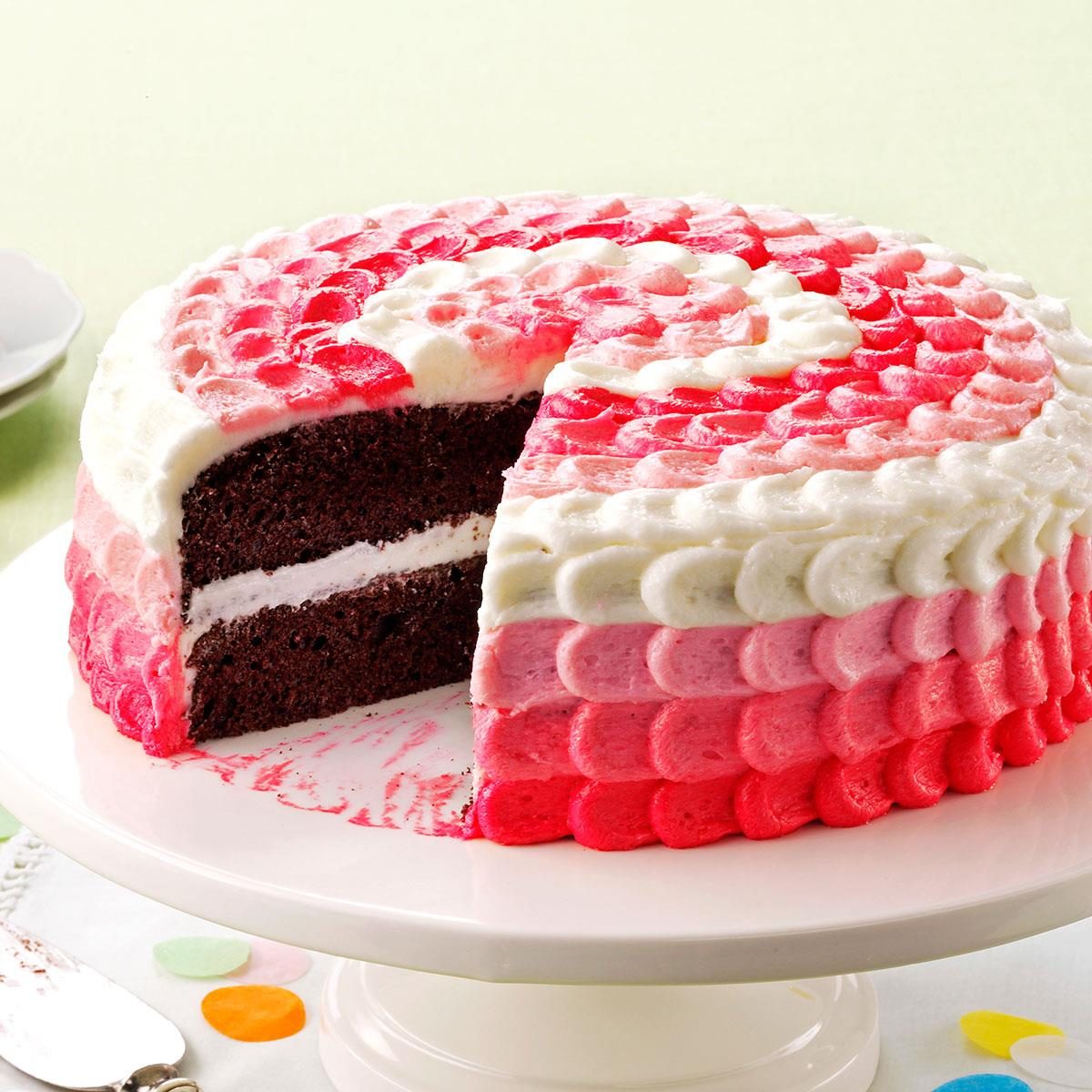
Creating a perfect icing for your cakes requires a carefully curated selection of ingredients and the right equipment. Understanding the purpose of each ingredient and how it contributes to the icing’s texture and flavor will empower you to achieve the desired outcome for your culinary creations.
Essential Ingredients
- Confectioners’ sugar (powdered sugar):The primary ingredient that provides sweetness, structure, and a smooth texture to the icing.
- Liquid (milk, water, cream):Adds moisture and helps to thin the icing to the desired consistency.
- Butter:Provides richness, creaminess, and a velvety texture.
- Shortening:A solid fat that helps to stabilize the icing and prevent it from becoming too runny.
- Flavorings (vanilla, almond, chocolate):Enhances the taste and aroma of the icing.
- Colorings (food coloring, cocoa powder):Adds visual appeal and customization to the icing.
Essential Equipment
- Mixing bowls:To combine the ingredients and create the icing.
- Electric mixer or whisk:To blend the ingredients thoroughly and achieve a smooth consistency.
- Measuring cups and spoons:For precise measurements of ingredients.
- Pastry bag and tips:For decorating and piping the icing onto the cake.
li> Spatula or wooden spoon:To scrape the sides of the bowl and ensure even mixing.
Step-by-Step s
Follow these detailed steps to create a smooth and delicious icing for your cakes:
Step 1: Gather Your IngredientsEnsure you have all the necessary ingredients before starting, as specified in the Ingredients section.
Step 2: Prepare Your WorkspaceSet up a clean and organized workspace with all the required equipment, as listed in the Equipment section.
Step 3: Cream the Butter and SugarIn a large bowl, cream together the softened butter and sugar until light and fluffy. This process incorporates air into the mixture, resulting in a smooth and creamy icing.
Step 4: Add FlavoringsGradually add any desired flavorings, such as vanilla extract, almond extract, or cocoa powder, and mix until well incorporated.
Step 5: Add LiquidDepending on the desired consistency, add liquid, such as milk, cream, or water, a little at a time, and mix until the icing reaches the desired thickness.
Step 6: Adjust Sweetness and FlavorTaste the icing and adjust the sweetness or flavor by adding more sugar or flavorings as needed.
Step 7: Chill or Use ImmediatelyIf you want a firmer icing, refrigerate it for 30 minutes before using. Alternatively, you can use it immediately for a softer consistency.
Tips for Achieving the Desired Consistency
- For a thicker icing, add less liquid or refrigerate for a longer duration.
- For a thinner icing, add more liquid or refrigerate for a shorter duration.
- If the icing becomes too thick, add a small amount of warm liquid and mix until smooth.
- If the icing becomes too thin, add a small amount of powdered sugar and mix until thickened.
Tips for Avoiding Common Mistakes
- Overmixing:Avoid overmixing the icing, as this can result in a tough and grainy texture.
- Adding Too Much Liquid:Be cautious when adding liquid, as too much can make the icing runny and difficult to work with.
- Using Cold Ingredients:Ensure the butter and cream cheese are softened to room temperature before creaming, as cold ingredients can make the icing lumpy.
- Not Measuring Accurately:Follow the recipe measurements precisely, as incorrect proportions can affect the icing’s consistency and flavor.
Flavor Variations
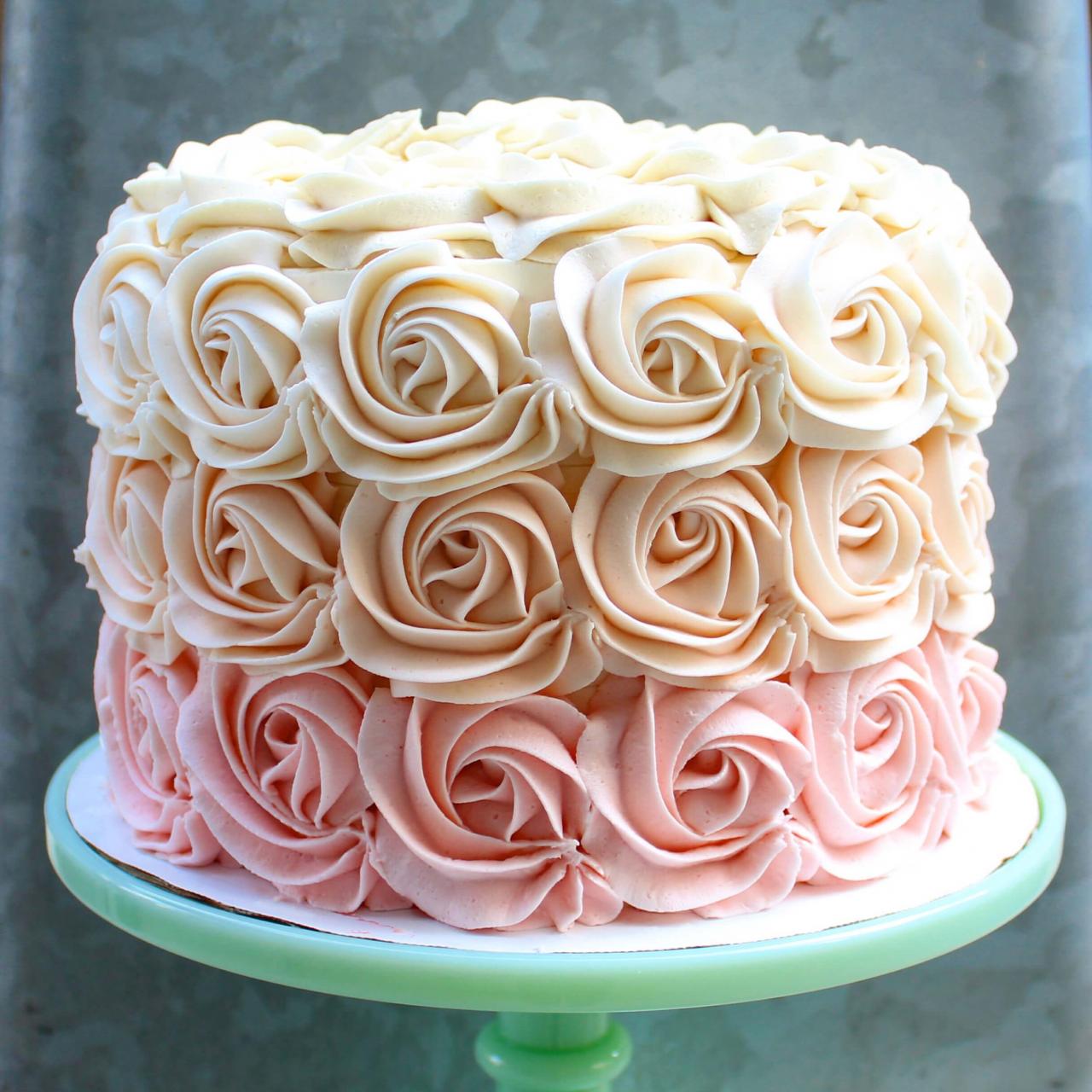
Icing is a versatile medium that can be customized to suit any taste. From classic vanilla to rich chocolate and fruity concoctions, the possibilities are endless. Let’s explore some popular flavor variations and how to achieve them:
To create unique flavor combinations, you can incorporate extracts, spices, or fruit purees into your icing. Here are some examples:
Vanilla Icing
- Add a teaspoon of vanilla extract for a classic vanilla flavor.
- For a richer flavor, use a combination of vanilla bean paste and vanilla extract.
Chocolate Icing
- Add melted chocolate or cocoa powder to your icing for a chocolatey treat.
- For a more intense flavor, use dark chocolate or bittersweet chocolate.
Fruit-Flavored Icings
- Add fruit puree or fruit extract to your icing for a fruity twist.
- Some popular fruit flavors include strawberry, raspberry, and lemon.
- You can also use a combination of fruits for a more complex flavor.
Decorating Techniques: How To Make Icing For Cakes
Decorating cakes with icing is an art form that can transform a simple cake into a work of art. There are many different decorating techniques that can be used to create different designs and patterns. Some of the most popular techniques include piping, spreading, and swirling.
Piping
Piping is a technique that involves using a pastry bag fitted with a piping tip to create designs on cakes. Piping can be used to create borders, write messages, or create intricate designs. There are many different types of piping tips available, each of which can create a different effect.
Spreading
Spreading is a technique that involves using a spatula or knife to spread icing evenly over a cake. Spreading can be used to create a smooth, even finish or to create textured designs.
Swirling
Swirling is a technique that involves using a spoon or knife to create swirls in icing. Swirling can be used to create a variety of different designs, from simple swirls to more complex patterns.
Troubleshooting
Making icing can sometimes present challenges. This section will identify common problems and provide solutions to help you achieve the perfect icing for your cakes.
Icing Too Thick
- Add a little milk or water.Start with a small amount and gradually add more until the icing reaches the desired consistency.
- Use a mixer to beat the icing.This will help to incorporate air and make the icing lighter and fluffier.
Icing Too Thin
- Add more powdered sugar.Gradually add powdered sugar until the icing reaches the desired consistency.
- Chill the icing.Refrigerating the icing for a short period of time will help it to thicken.
Icing Not Setting Properly, How to make icing for cakes
- Make sure the icing is cold.Icing that is too warm will not set properly.
- Add more powdered sugar.This will help to thicken the icing and make it set more easily.
- Use a different type of icing.Some icings, such as buttercream, are more difficult to set than others.
Last Point
As you master the art of icing, you’ll discover a boundless realm of creativity. Experiment with different flavors, colors, and textures to create icings that perfectly complement your cakes. Remember, the key to successful icing lies in understanding the ingredients, following precise steps, and unleashing your imagination.
With this guide as your compass, you’ll be able to transform ordinary cakes into extraordinary works of art, leaving a sweet and lasting memory with every bite.

